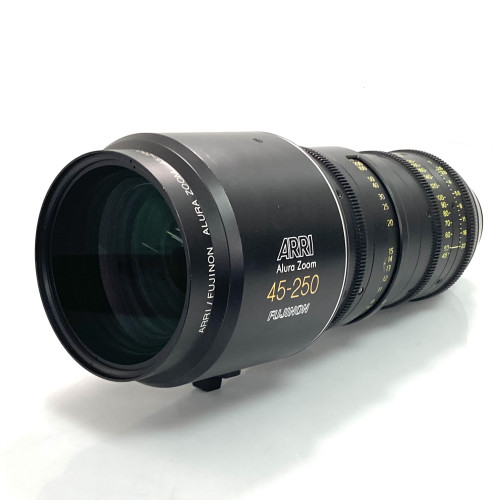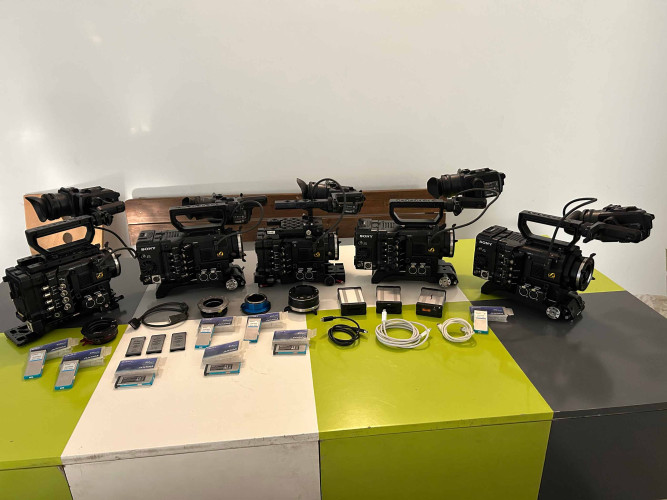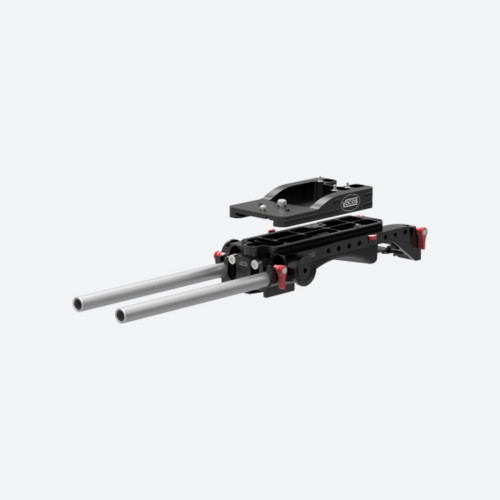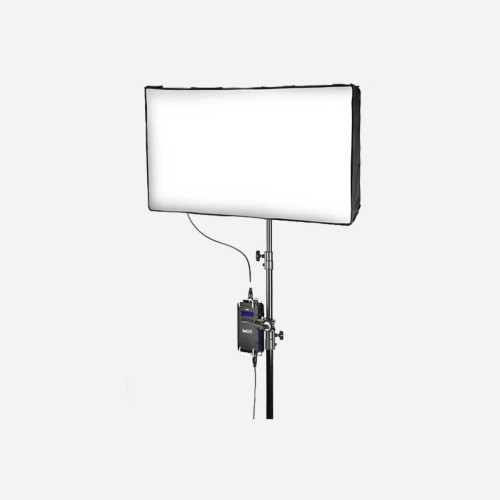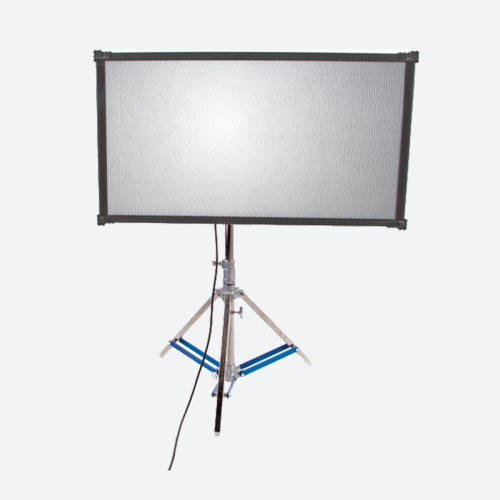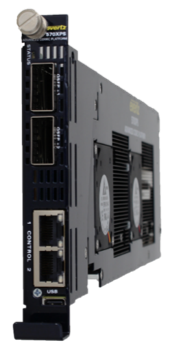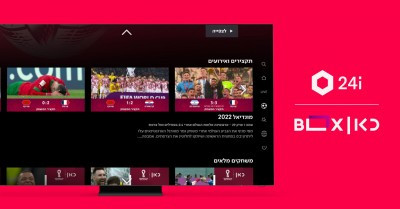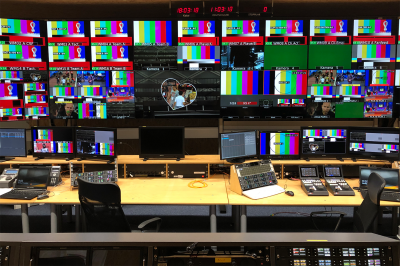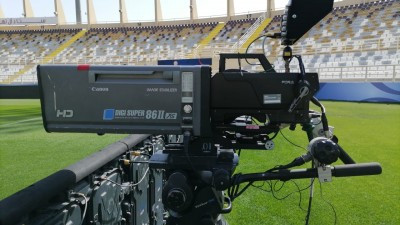by Will Strauss Issue 90 - June 2014
Specially designed flyaway OB units are being deployed at the World Cup in Brazil to help bring enhanced coverage of the beautiful game to countries around the world. By Will Strauss.
Like many journalists I like to put things in boxes, metaphorically speaking, Regardless of how unwise it may be, it helps to establish trends and marks out the lay of this green and pleasant broadcasting land. Well, this month is no different. Except this time I get to write about putting things in boxes on a literal and physical level.
It cannot have escaped your notice that we are on the cusp of the 2014 FIFA football World Cup in Brazil.
As in previous years the host broadcaster for this event is HBS who, in partnership with Sony, are providing right holders with coverage of 64 matches across 12 venues from the northern city of Boa Vista to Porto Alegre in the South.
Between them they are working with premium partners like EVS, Tektronix, Imagine Communications (nee Harris), Riedel, Lawo and Sennheiser to pull together a broadcasting infrastructure capable of such a feat, one that will include a central IBC in Rio and identical production set-ups at each football ground.
While plans for 2014 are similar to those that were in place at 2010, there are some interesting innovations. Audio over IP is being used for some commentary systems, loudness control is improved thanks to standards introduced in the intervening years and an aerial helicopter camera is being introduced for the first time alongside a pair of new reverse-angle 6m super slo-mo replay cameras.
And, of course, theres the 4k element. I wont go into that in detail here as I am sure youll read all about it elsewhere. Suffice to say, Sony is responsible for the 4K coverage and will use its own equipment to provide live and recorded ultra high resolution content for what are being referred to as its outlets, namely broadcast, Fan Fests and Sony retailers promoting 4K ready-screens. The 12 4K cameras will be embedded in the HBS production set-up.
But enough about pixels. The big change is the boxes. Which is where I get to my point.
Within a usual football match schedule, across a full season for example, OB trucks are called upon to cover matches. The World Cup is different.
Following the 2006 tournament in Germany, HBS has moved to a flyaway, fixed installation set-up, something that was first used in South Africa four years ago.
According to HBS, this is the best option given the scale of the operation. And theyre not kidding when they say scale. Not only does 3,000 miles separate the furthest apart host cities in Brazil but each match requires between 34 and 37 multilateral cameras, taking the total camera count to above 40 at each venue. And for that you really need to have a platform that is bigger than an OB van can provide, hence the flyaway option.
OB firms are still involved, with Sony having sub-contracted AMP, CTV, Outside Broadcast, Presteigne Charter and Studio Berlin to provide technical crew and cameras. But the rest of the outside broadcast operation will not arrive on wheels but in boxes. Really, really big boxes.
World cup in numbers...
A key component of this will be what they call the ERCs (Equipment Room Containers). First trialed during the Confederations Cup in Brazil last year, these plug and play innovations are replacing the Equipment Rooms that were used in South Africa.
Referred to as the beating heart of onsite broadcast operations the Equipment Rooms connected to all operational rooms (Multifeeds Production, Technical Operations Centre, Audio Control Room etc). In 2010 they were assembled, tested and troubleshot onsite over a period of three weeks at each venue. The process is said to have gone very smoothly, but took a long time. Using ERCs instead will change that.
The ERCs are remotely controlled freestanding units independent of the HBS House, which comprises most of the Broadcast Compound at each venue. They feature all the electronics, main cores and base units as well as thousands of cables.
Having been pre-built and pre-tested in Munich by systems integrator sonoVTS they have now been shipped to Brazil where, once on site, the cables will simply be unrolled and plugged in to the equipment in the various operational rooms. From that point, the venue is essentially active. Twelve ERCs, one for each venue, have been built for Brazil 2014.
I spoke to Christian Gobbel, HBS senior engineering manager last month. As the man who designed the ERCs, he described them thus:
Its an OB van without wheels and workspaces. All the electronics, main cores and base units are located in that room. Cables are rolled back into the container and the operational rooms are more or less only remote controls of the pieces of equipment in there. The beauty of the ERC is that everything has been pre-configured and pre-tested so when they get on site, the crew position the container, roll out the cables in the rooms, put up the monitor galleries and visions mixers and audio mixers, plug it in, switch it on and it works.
Yes, it is just a box. But what an important one.
The World Cup is the biggest sport event in the world, he adds. You have to thoroughly look at all aspects. The great thing is being able to test the equipment and the interfacing between all the components well ahead of the event. Its a huge step forward for us and a great relief in the busy days before the opening match.
Thanks to the ERCs, when Brazil and Croatia kick off in that opening match in Sao Paulo on 12 June, some of the players might, to use football parlance, go down in the box but the equipment being used by HBS and Sony certainly wont.




